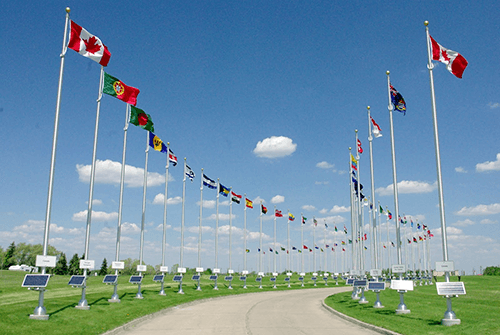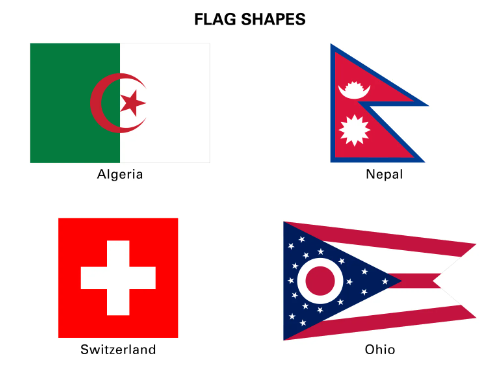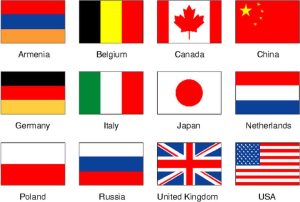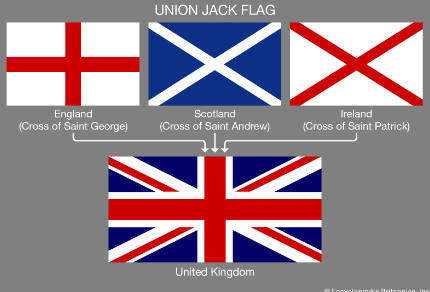
State Branding: The place of National Flags
Flags flutter in the wind, instantly recognizable symbols that stir emotions and evoke a sense of belonging. But have you ever considered the deep connection between flags and branding? As a leading brand consulting company, we delve into the fascinating world of vexillology (the study of flags) to explore the fascinating connection between flags and national branding.

A History Steeped in Symbolism
The origins of flags stretch back millennia, with ancient civilizations using standards and emblems for military purposes. The Egyptians used hieroglyphic ensigns around 3000 BC, while the Romans marched under eagles from the 1st century BC onwards. However, the concept of national flags, as we know them today, emerged in Europe during the Middle Ages. Kings and nobles used heraldic flags to denote their territories and lineages. These flags, often emblazoned with coats of arms and vibrant colours, laid the foundation for the national flags we see today.

Colours and Shapes: A Language Without Words
Just like a company logo, a national flag is a carefully designed visual identity. The colours, shapes, and symbols all come together to tell a story about the nation’s values, history, and aspirations.
Flags are more than just pretty pictures; their design is a deliberate language. Colors carry powerful meanings. Red, often associated with blood sacrifice and bravery, can represent courage and revolution (think the French flag, adopted in 1794). Blue, symbolizing the sky and serenity, evokes peace and trust (think the US flag, adopted in its current form in 1960). White, often linked to purity and surrender, can also represent hope and new beginnings (think the Japanese flag, adopted in its current form in 1870).

Shapes, too, play a role. Rectangles are the most common, offering stability and simplicity. Triangles can imply direction and dynamism. Circles, less frequent in national flags, can represent unity and eternity.
The ubiquitous trio of red, white, and blue is a fascinating case study. This color combination appears in countless flags across the globe, from the Netherlands (adopted in its current form in 1634) to Thailand (adopted in 1917). Historians suggest these colors were readily available dyes, making them practical choices. However, their symbolic weight – red for valour, white for peace, and blue for justice – resonated deeply, making them enduring national branding elements.
It is important to note that the specific meanings behind these colors can vary depending on the nation’s context. For instance, the red in the South African flag represents the blood spilled during the struggle for apartheid, while the white signifies reconciliation.

Building a National Brand
Flags are more than just national symbols; they are powerful branding tools. They encapsulate a nation’s history, values, and aspirations in a single, memorable image. A well-designed flag fosters a sense of unity and pride among citizens. Just like a strong brand identity helps a company connect with consumers, a national flag allows a country to build a distinct image in the international arena.
Beyond Borders, a Shared Language of Symbols
The next time you see a flag waving, take a moment to appreciate the story it tells. Flags are more than just fabric; they are vibrant expressions of a nation’s brand identity, woven with history, symbolism, and a powerful desire to connect. By understanding the language of flags, we gain a deeper appreciation for the complexities of nation branding.

